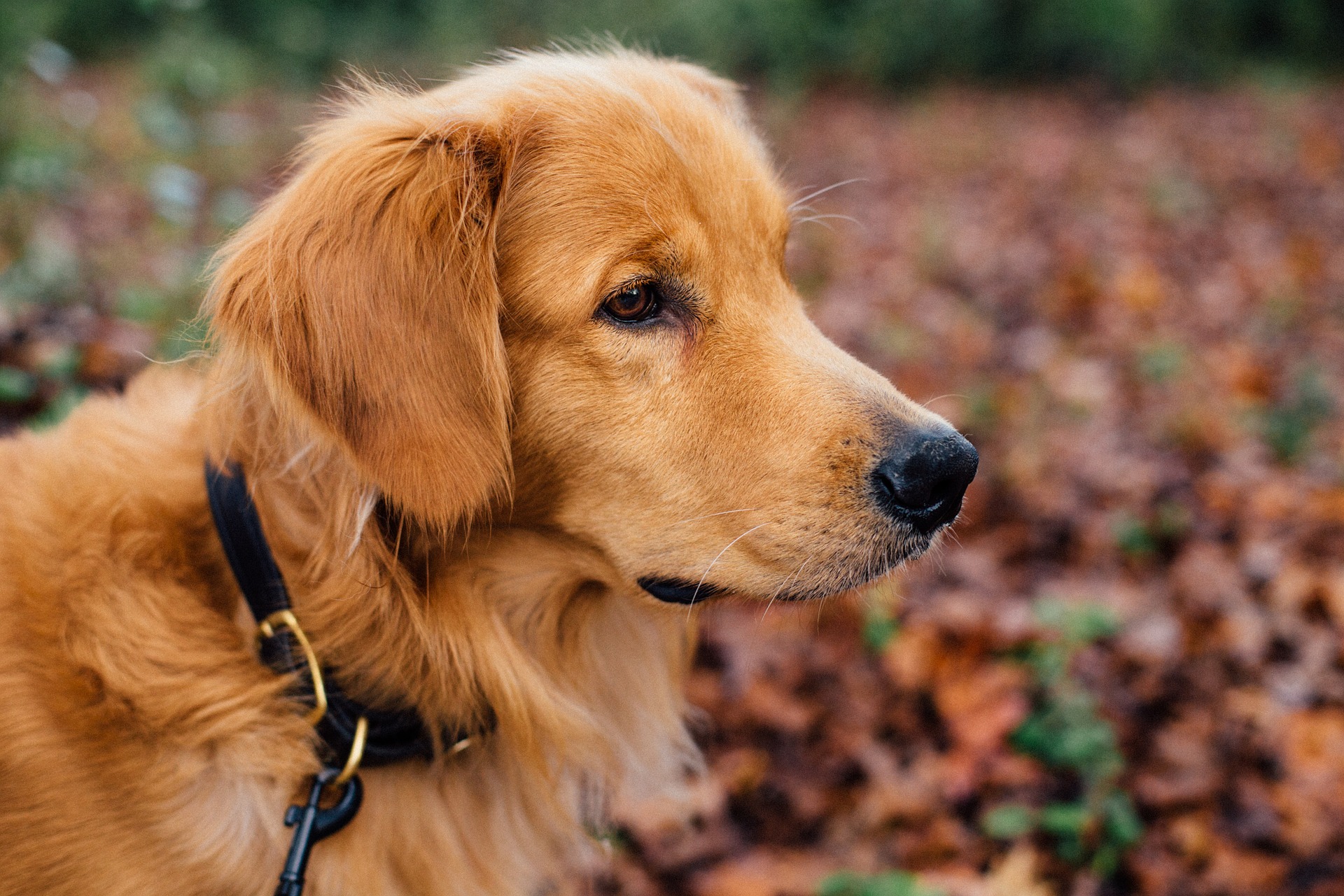
How to Leash Train an Older Dog
A quick guide on how to leash train your adult dogs.
Although senior or adult dogs can be set in their ways in their later years, there is still room for training and improvement while fighting their stubbornness. Check out our Top 5 Dog Myths to read more about how you can’t “teach and old dog new tricks,” and other dog myths.
It is important to leash train your dog if you intend to take him or her off of your own property or to a public place like a park. If so, plan to train your dog before you take him somewhere new.
To get started, make you sure you have a collar that fits your dog’s neck firmly, but not tight. You need the collar to stay on when the dog is pulling, but you don’t want to choke him. As a rule of thumb, you should be able to slip two fingers between your dog’s neck and collar.
Alternatively, you could use a body harness in substitution, depending on your dog’s size and build. Although, be sure to check your dog for any sores or abrasions from the harness rubbing and chafing.
Remember to conduct your outdoor training in an area with as few distractions as possible; you want your dog’s undivided attention. Also make sure not too yell or strike at your dog. This can be effective in other circumstances, but during this training we’d recommend sticking with positive reinforcement.
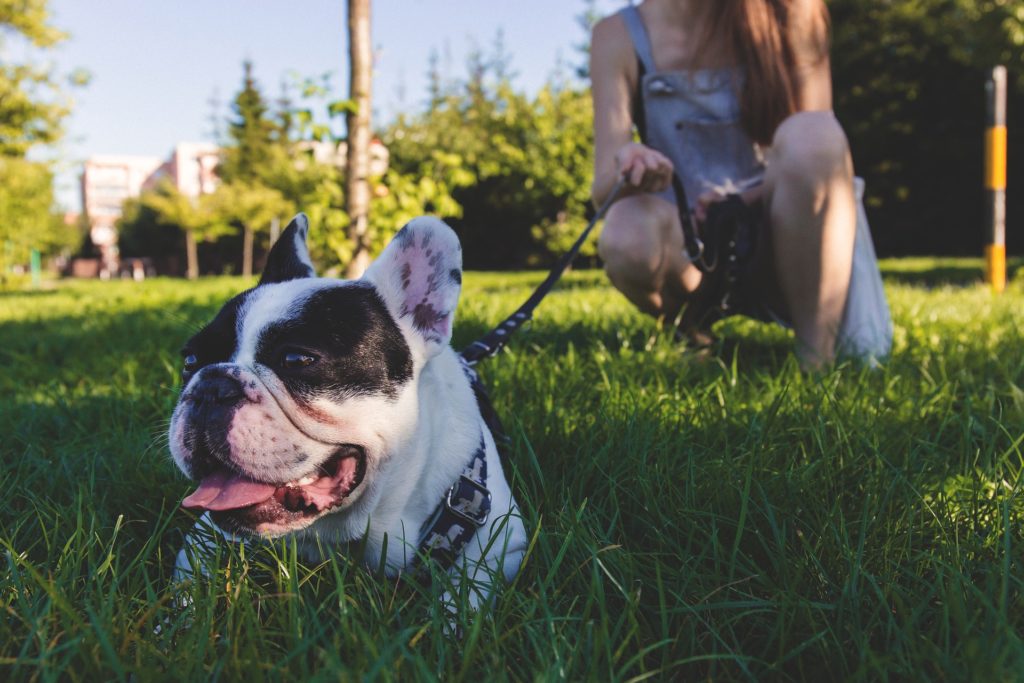
Get a training leash.
Get yourself a training leash that is ideally four to six feet. These short training leashes can be very helpful at allowing you to correct behavior effectively and quickly. You don’t want your currently-in-training friend to get too far away from you during this time. You’ll have less control.
Here is the best selling training leash for medium and large sized dogs on Amazon.
Step 1. Using the leash to tame excitement.
Start by placing the leash on your dog when it’s indoors for your dog to get used to it. It may also help to place the leash on him whenever he’s eating.
This can help with the dog making a connection with the leash and something positive, being the food. This can also help the dog with disassociating the leash with excitement.
Step 2. Taming the excitement with an exercise.
If your dog is getting excitable when you approach the door to leave, try this: practice walking calmly out the door.
Practice walking out the door, stopping, and re-entering the house. This can help calm excitement similarly to Step 1.Once your dog’s excitement as died and he’s calm, you can begin your walk.
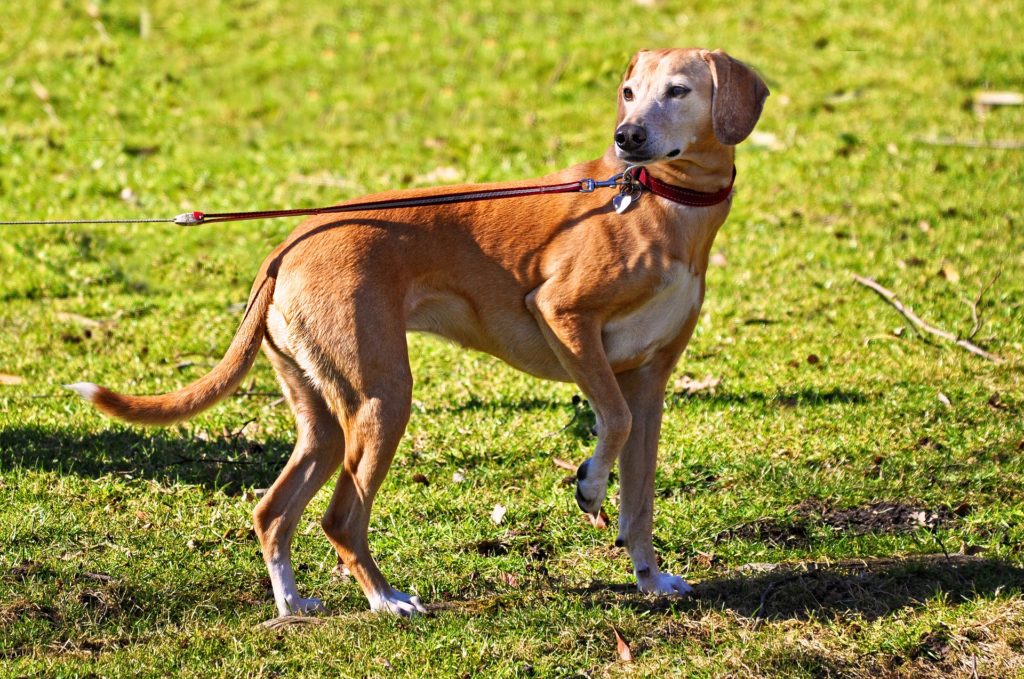
Step 3. No slack in the leash? No problem. Here’s what you can do.
It’s easy to get caught up in “the dog walking you,” but this potentially dangerous behavior. Sometimes you can’t tell what trail your dog has picked up or what it’s going after, so it’s best for you to choose the direction.
An effective method to teaching your dog to quit pulling on the leash is to hold your ground. Plant your feet where you’re standing. This can relay to your dog that it’s not going to go anywhere by continuing to pull on the leash, and that its energy is being expended with no progress.
If this method doesn’t give you any results after many attempts, try Step 4.
Step 4. Try the “Reverse Direction” technique.
Another useful method to prevent leash pulling. First, instead of standing firm and awaiting your dog’s attention, try reversing the direction you’re walking in and issue a command that the dog understands as “Let’s go!”. It can also be helpful to speak in an excited voice to catch his attention, instead of jerking on the leash.
Once the leash has been relaxed and your dog is following your direction, try walking back in the original direction. This teaches your dog that pulling on the leash won’t get him what he wants, similarly to the “Stand your ground” method.
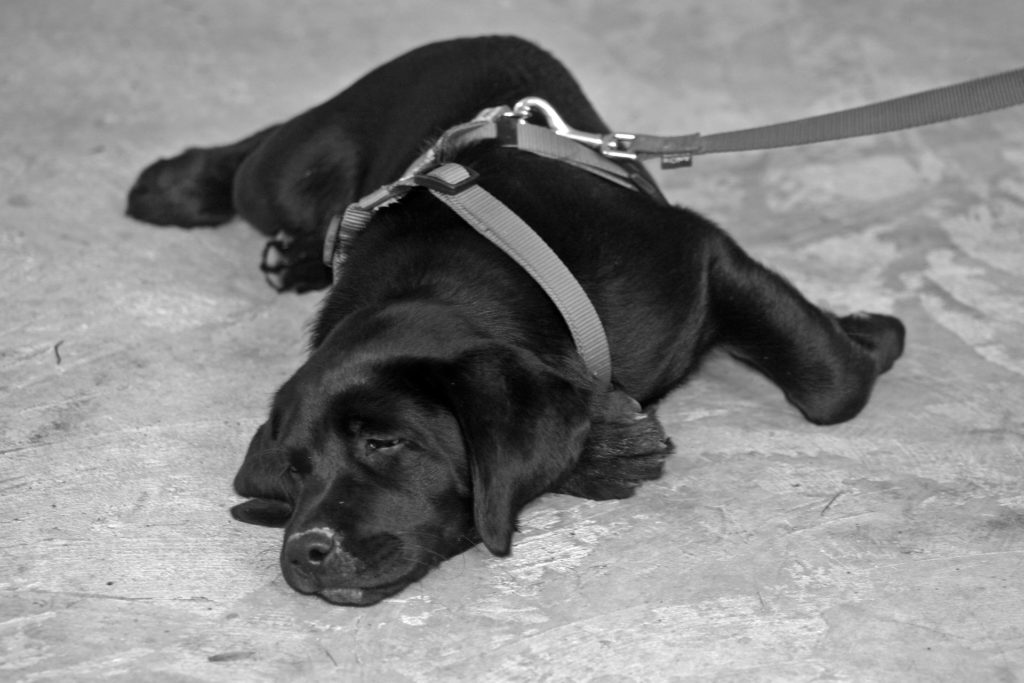
Step 5. Remember to give praise and to reward your dog after every successful training session.
Reward your dog’s efforts and correct behavior with a treat! This type of positive reinforcement is very effective–it teaches your dog that, when he does right, he gets a bite!
At the very least, make sure to praise your dog for his hard work. Not only do they love it, but it’ll help with keeping the dog calm and will make them want to do more for you.
We would also not recommend using any type of collar or chain meant for negative reinforcement. We feel it’s inhumane to use a prong collar, shock collar, or a choke chain. Before you use any of these, try the other methods listed above first.
Step 6. Stay Consistent.
This might not sound important, but it is. It’s one of the most vital steps. If you consistently train your dog with the same rules and principles every time, he’ll quickly catch on. Be inconsistent and he won’t learn much besides how to get another snack. Losing all the progress you’ve made in training your dog is as easy as not being consistent with him. Make sure you keep your patience when training, too. As long as you stick it out, your dog will be trained in no time.
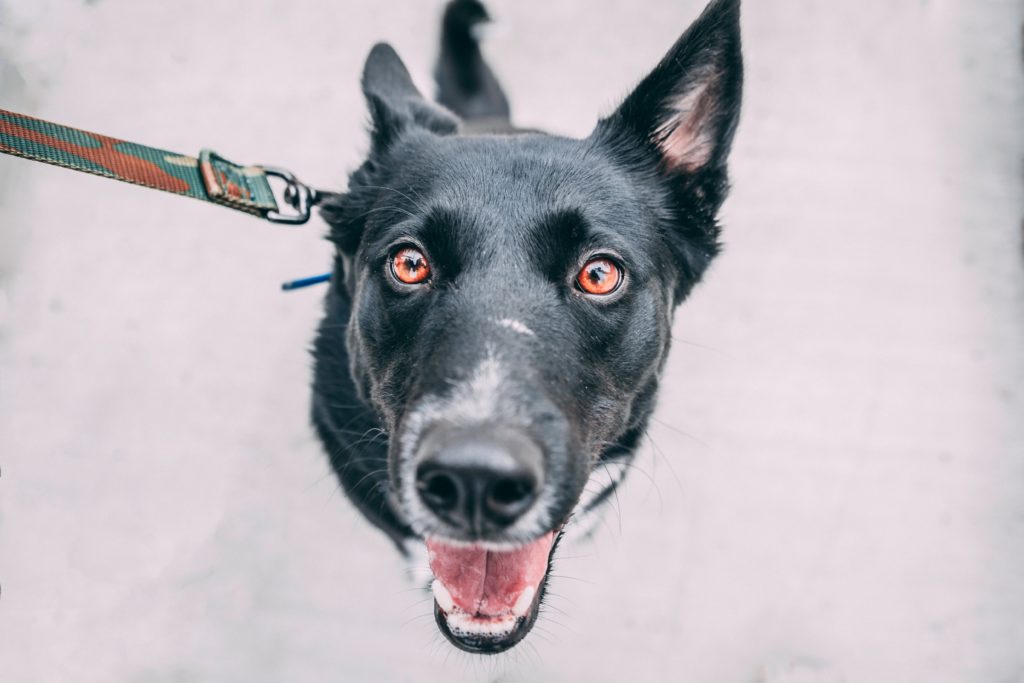
Not only will training your dog help him to become more obedient and calm, it can also be rewarding to you. Think about it. “I trained my adult dog how to properly walk on a leash!” That’s a feat, especially depending on how the dog was raised at a much younger age.
Keep in mind to always reward your dog with treats and praise after every break-through or progress in the training. It can go a long way and will drastically affect how your dog responds the next time. Remember to tame your dog’s excitement with the leash and door methods, as well as to use the “Stand your ground” and “Reverse direction” methods to exponentially increase your chances in properly and successfully training your older dog.
Thanks for reading, and I hope you’ve enjoyed!
